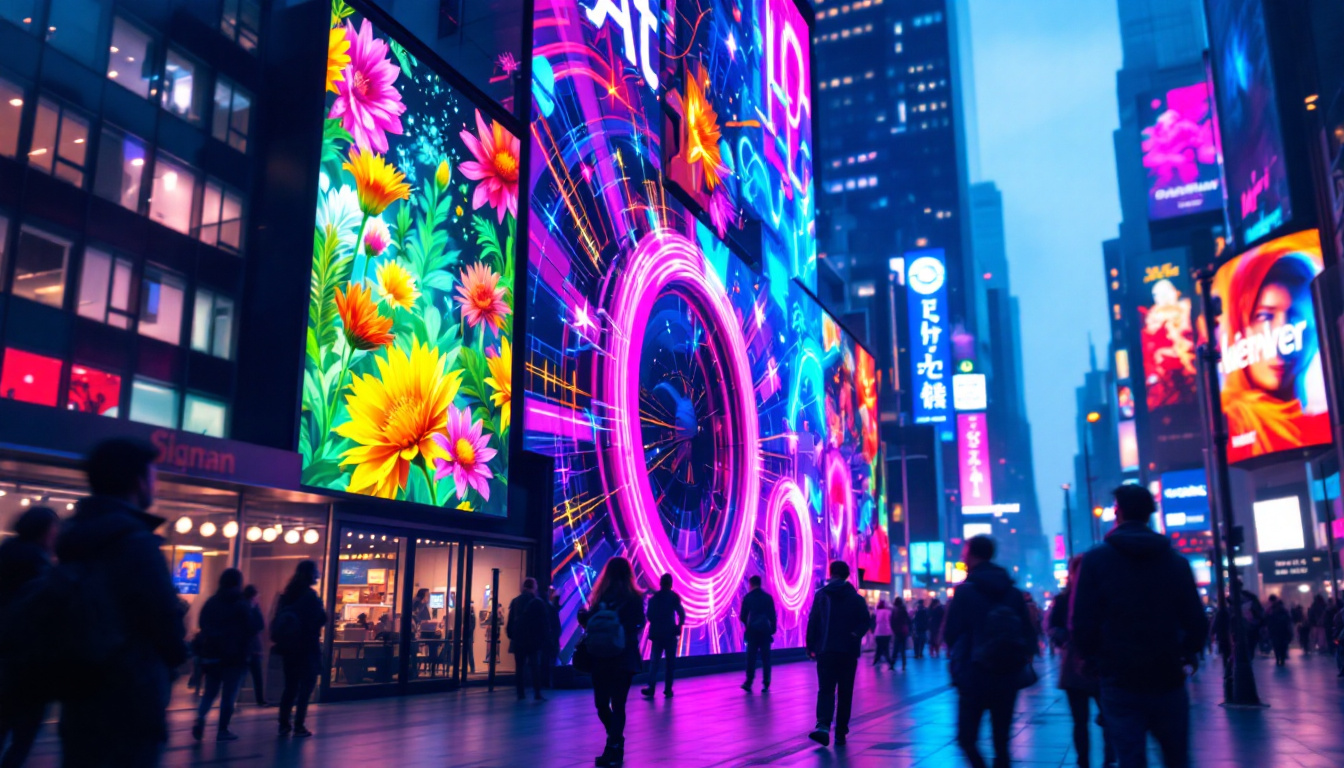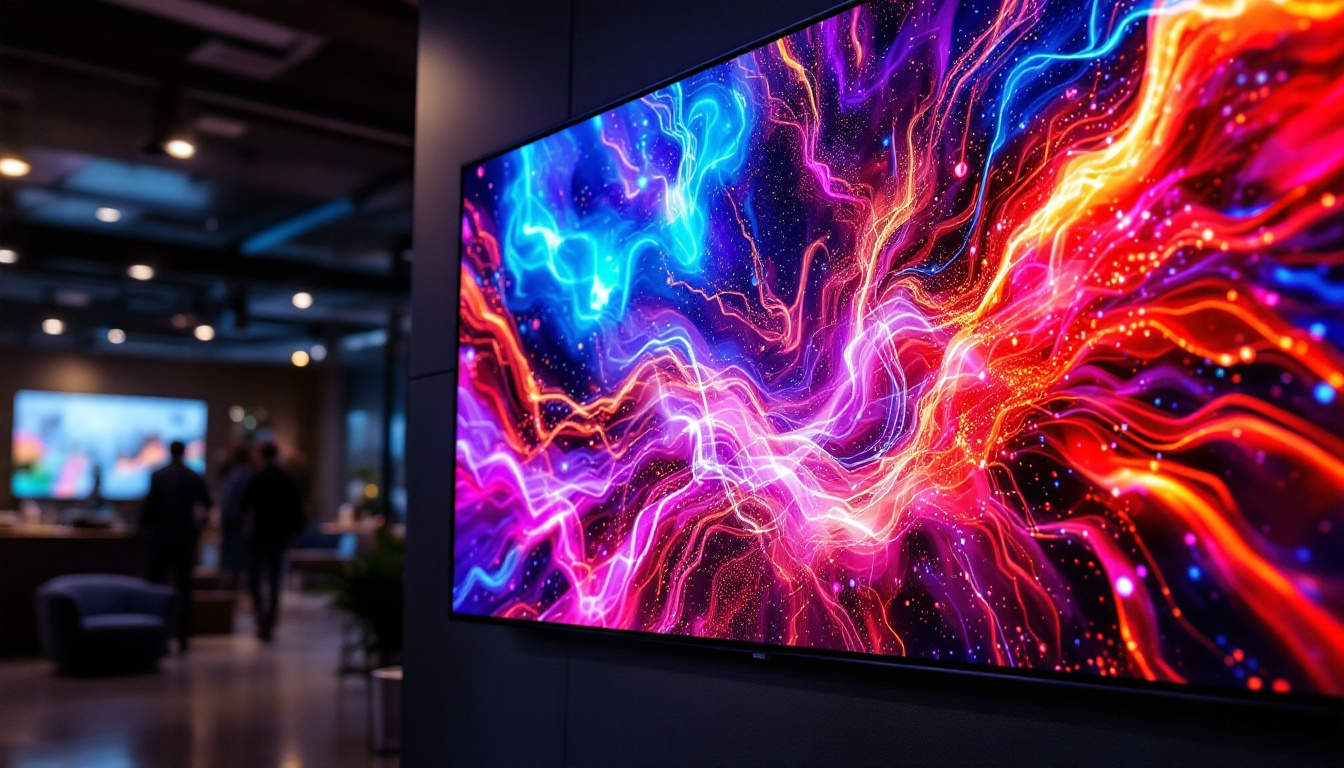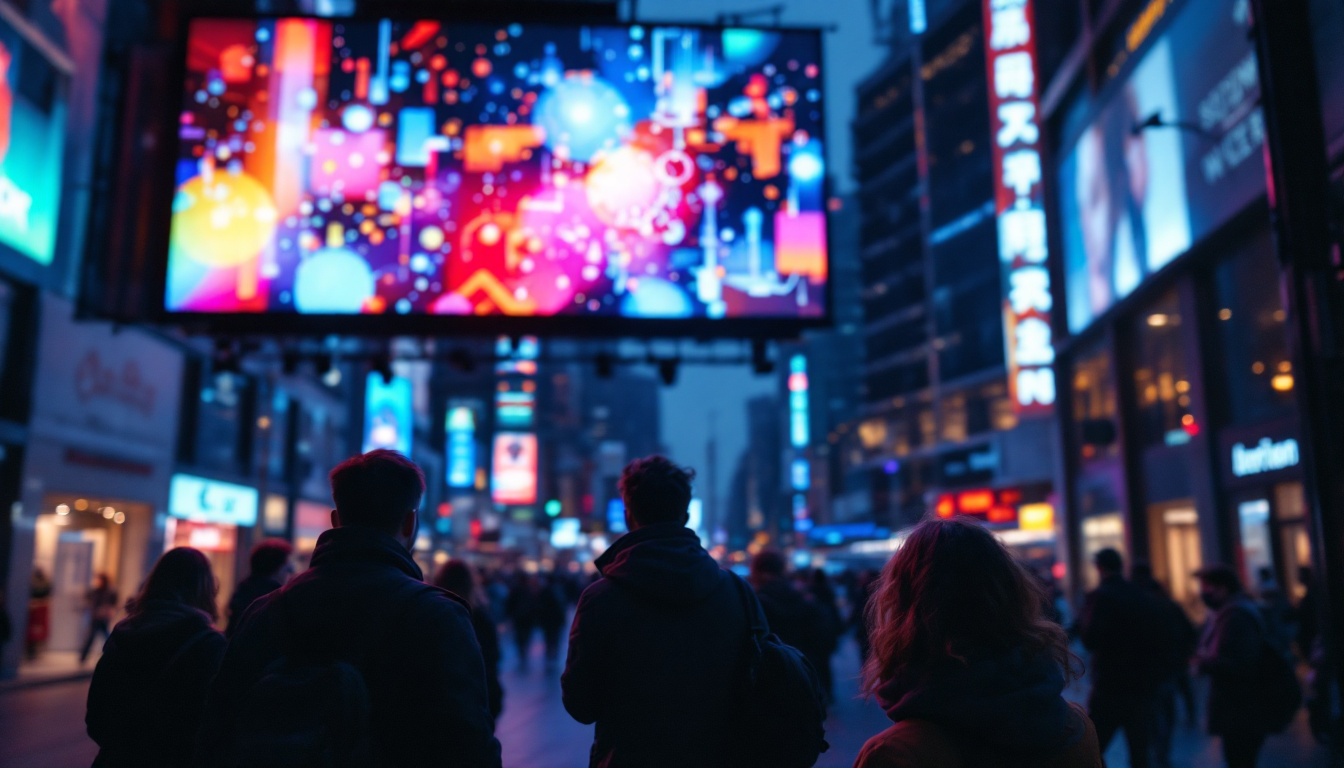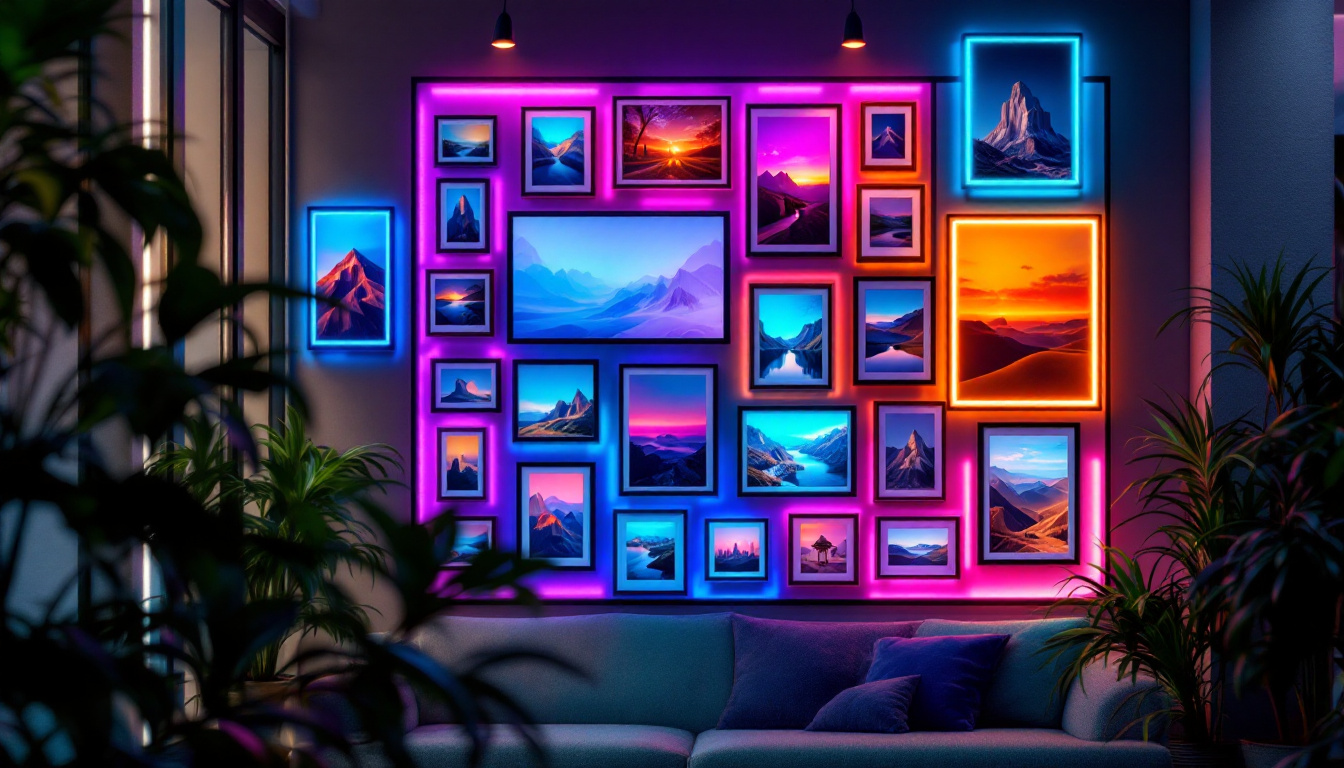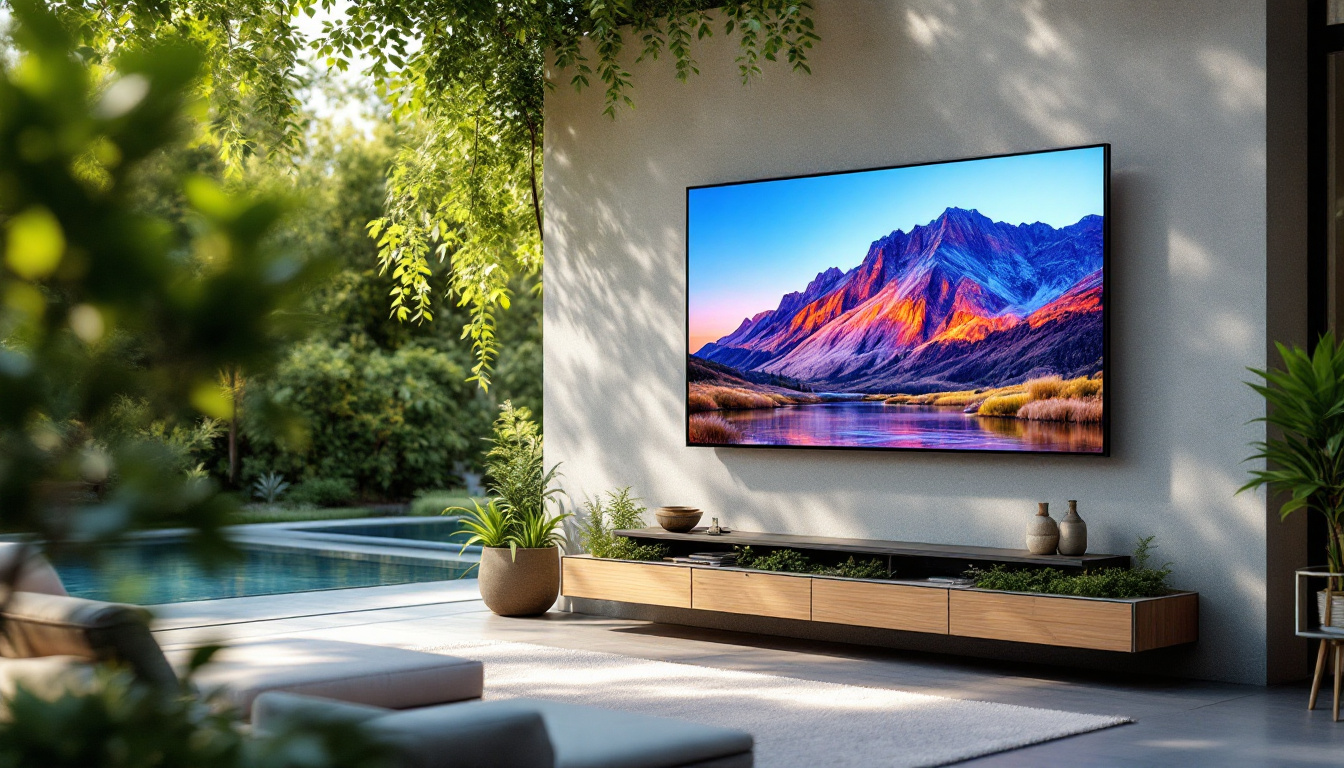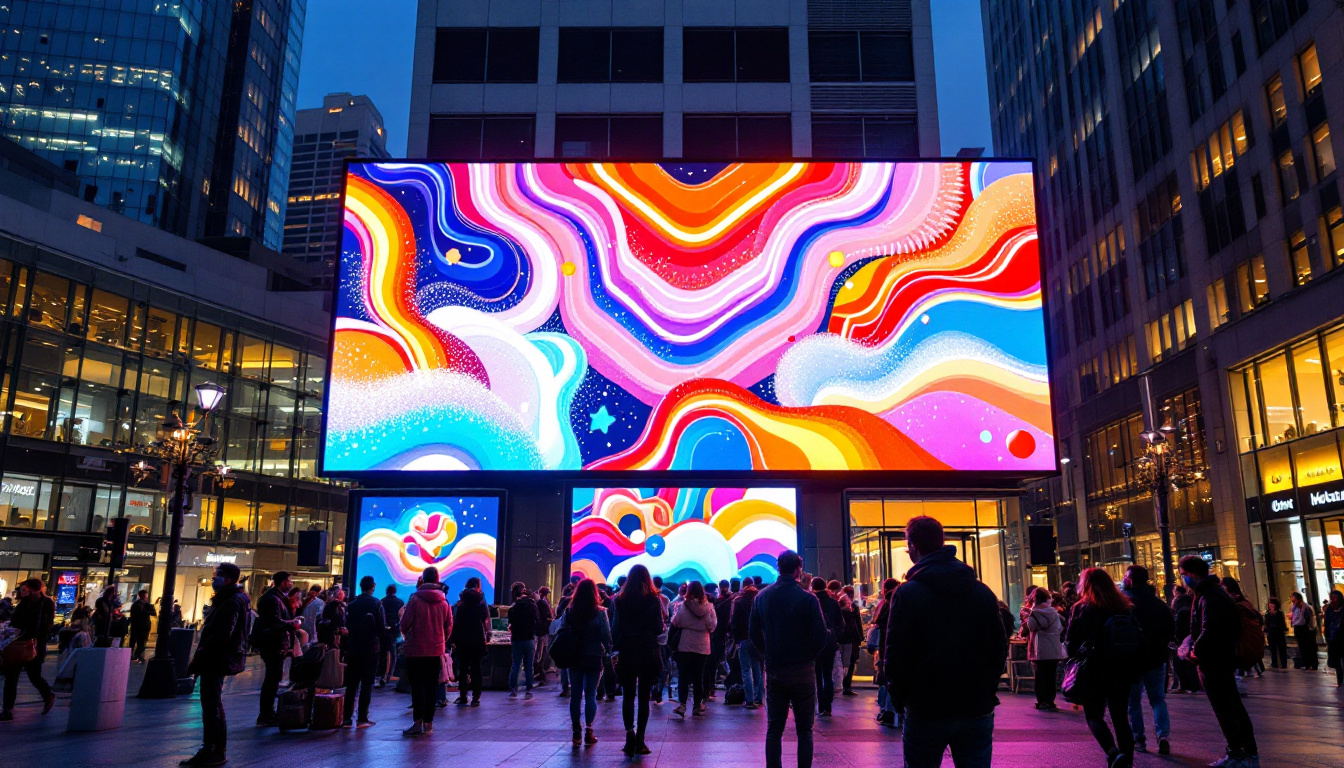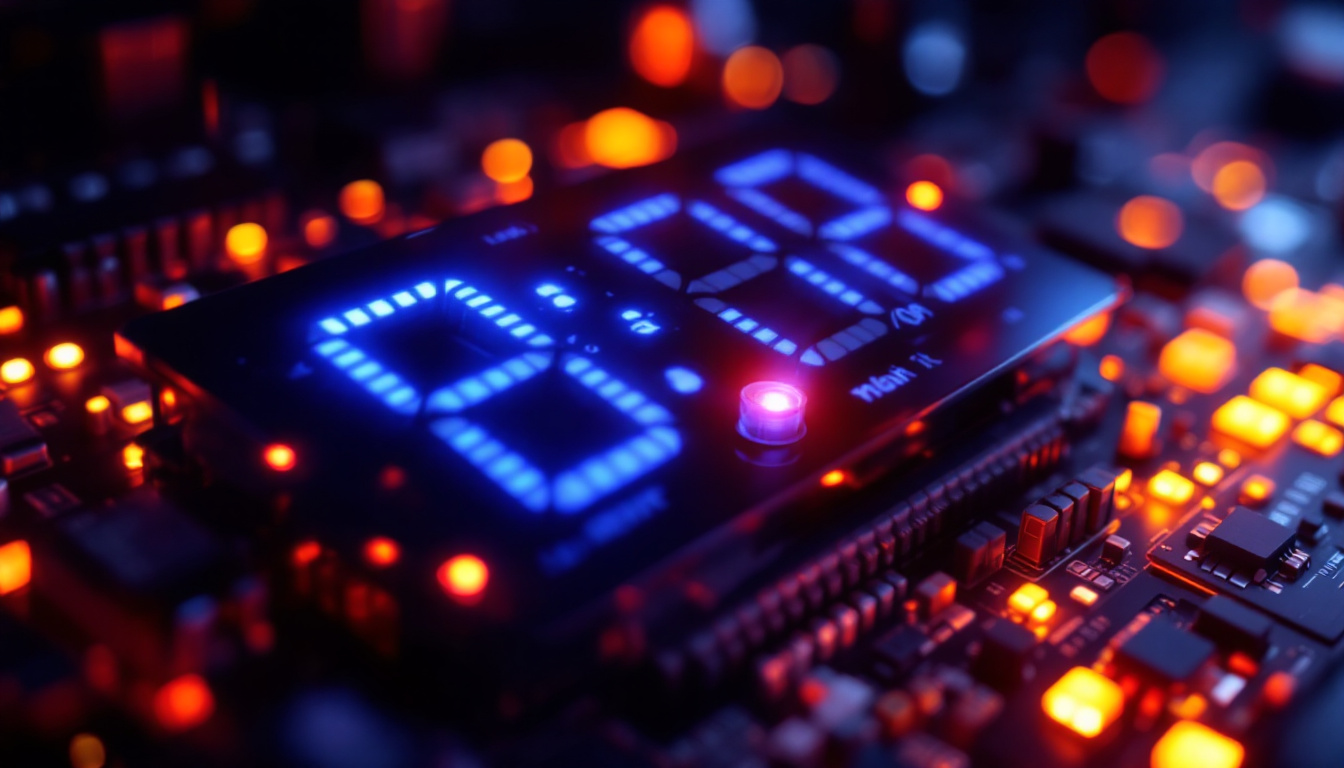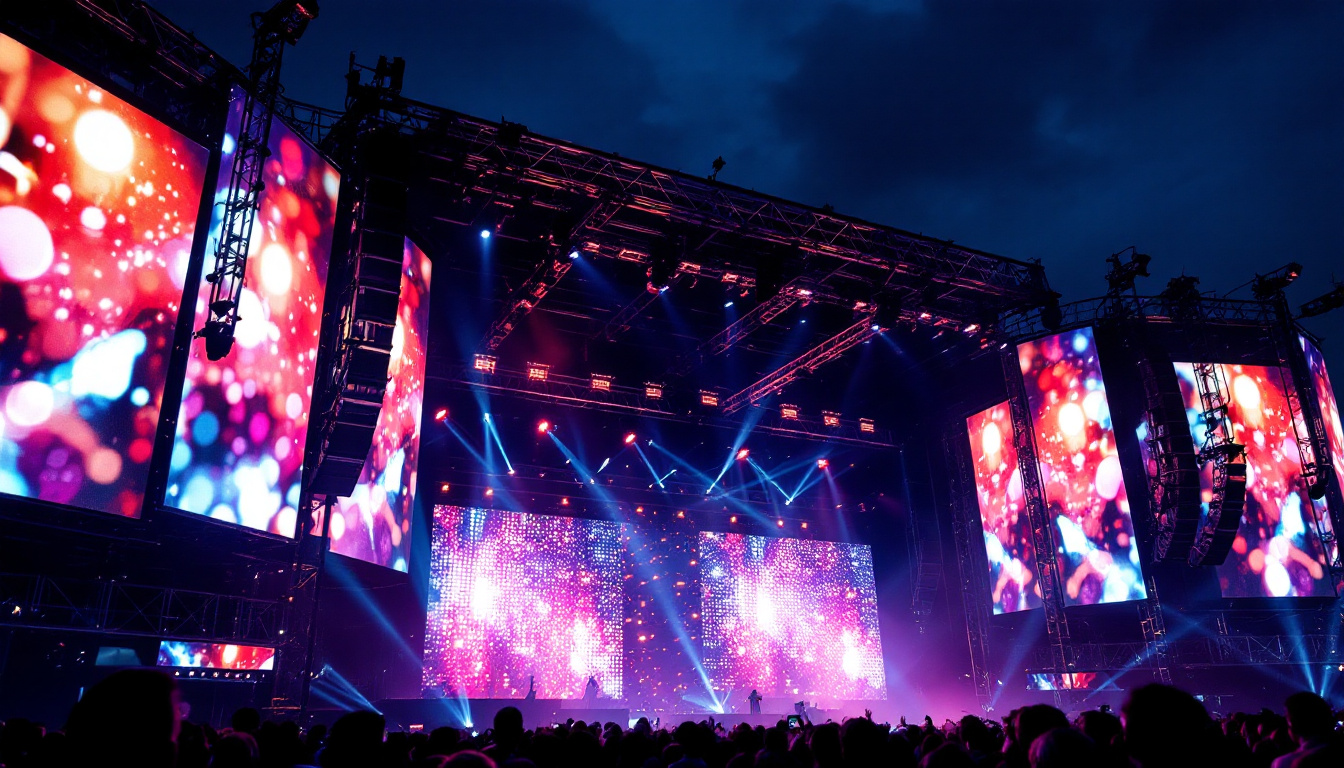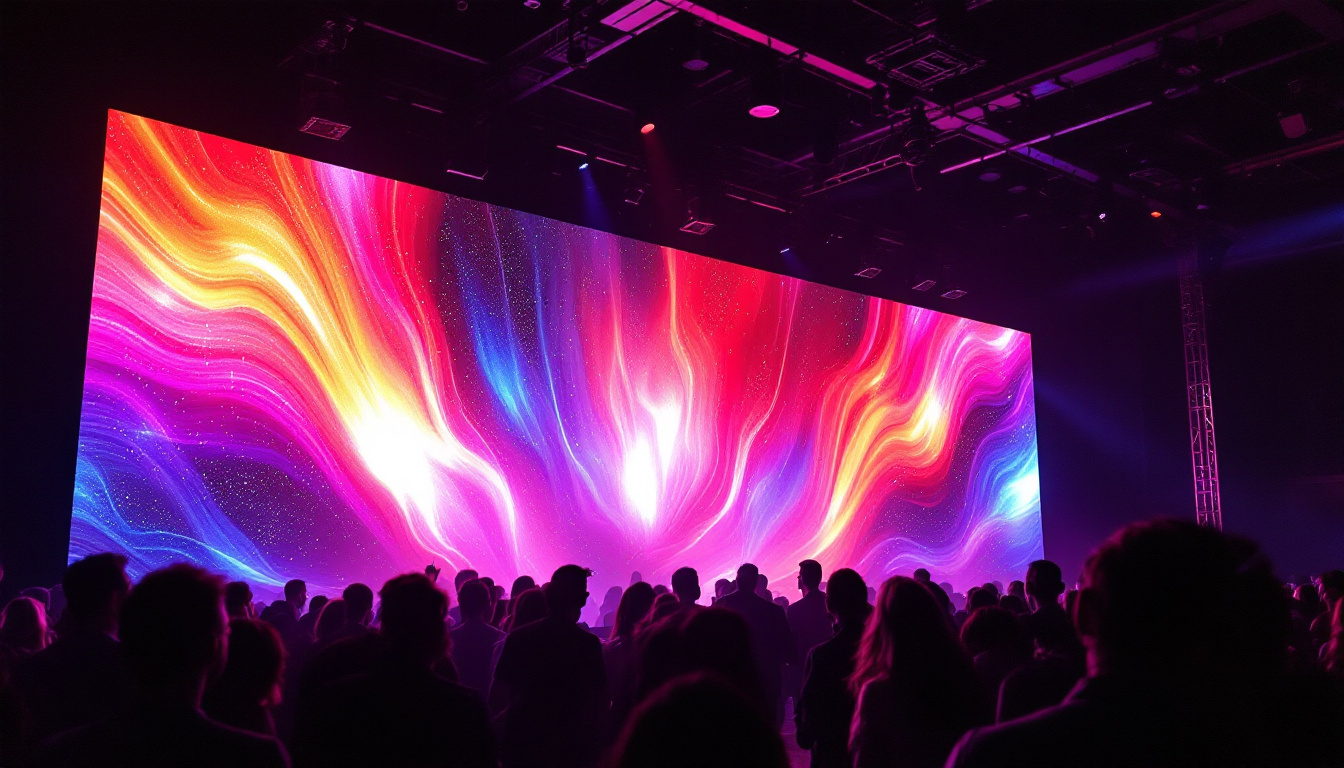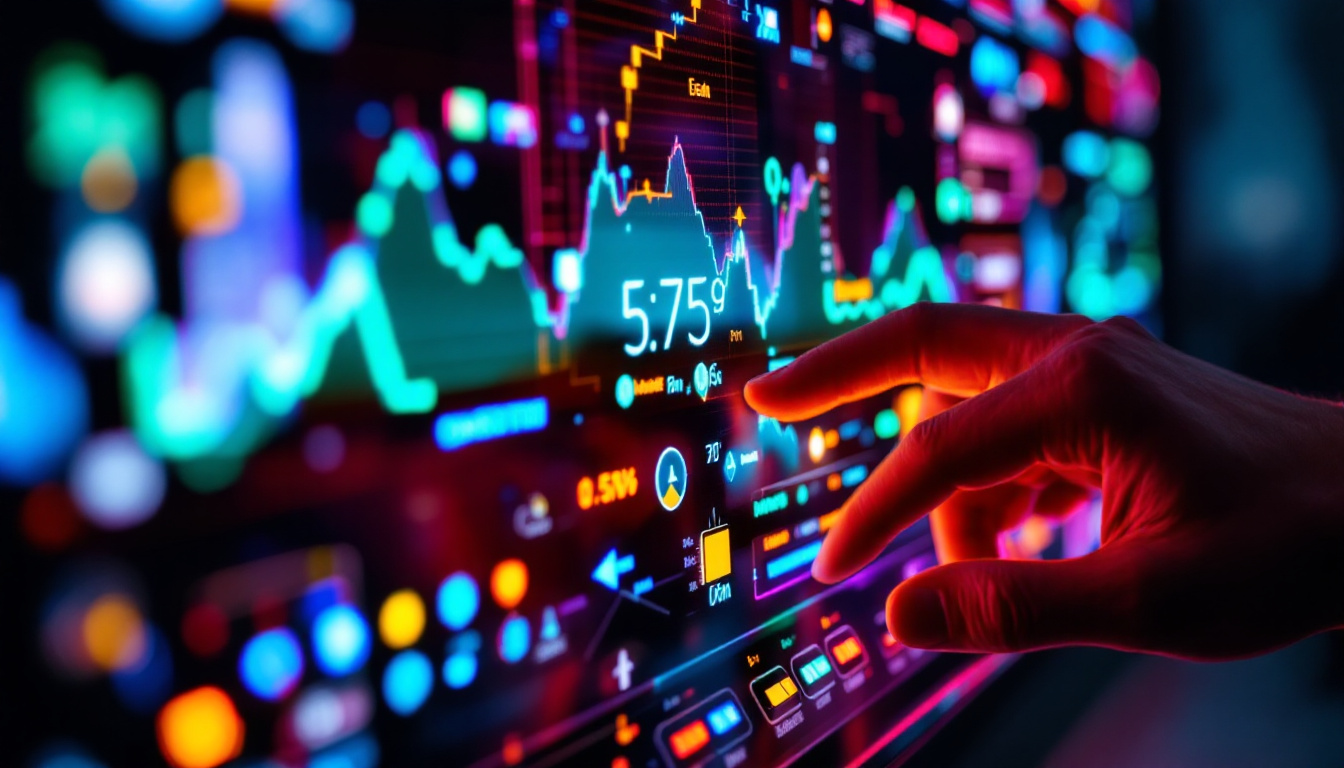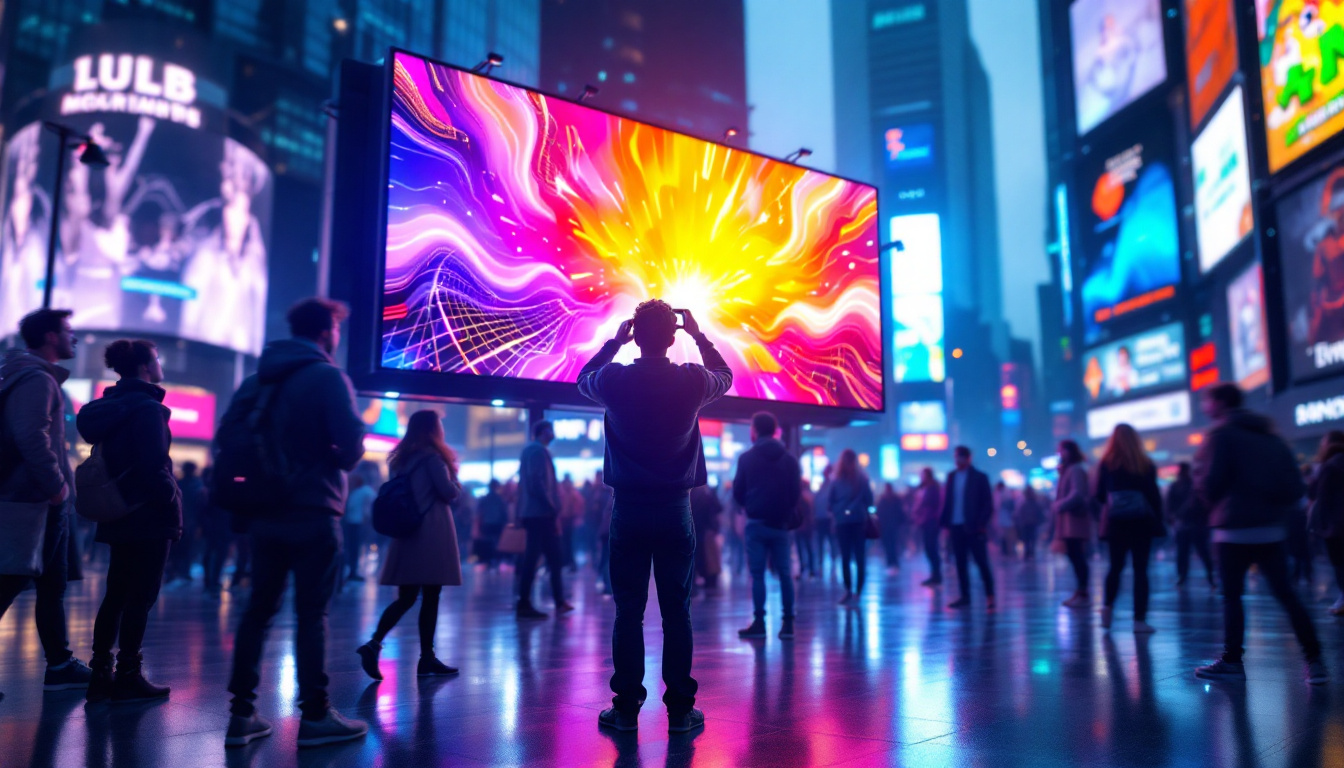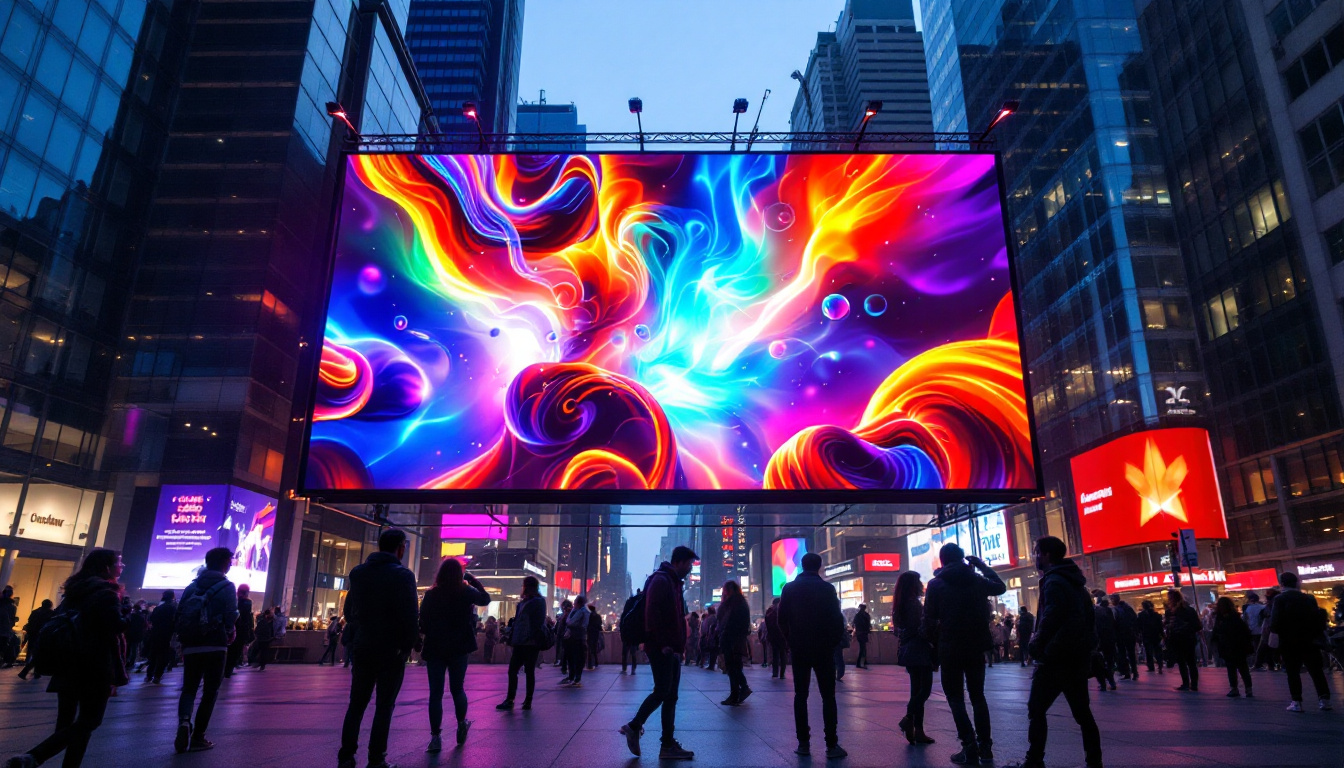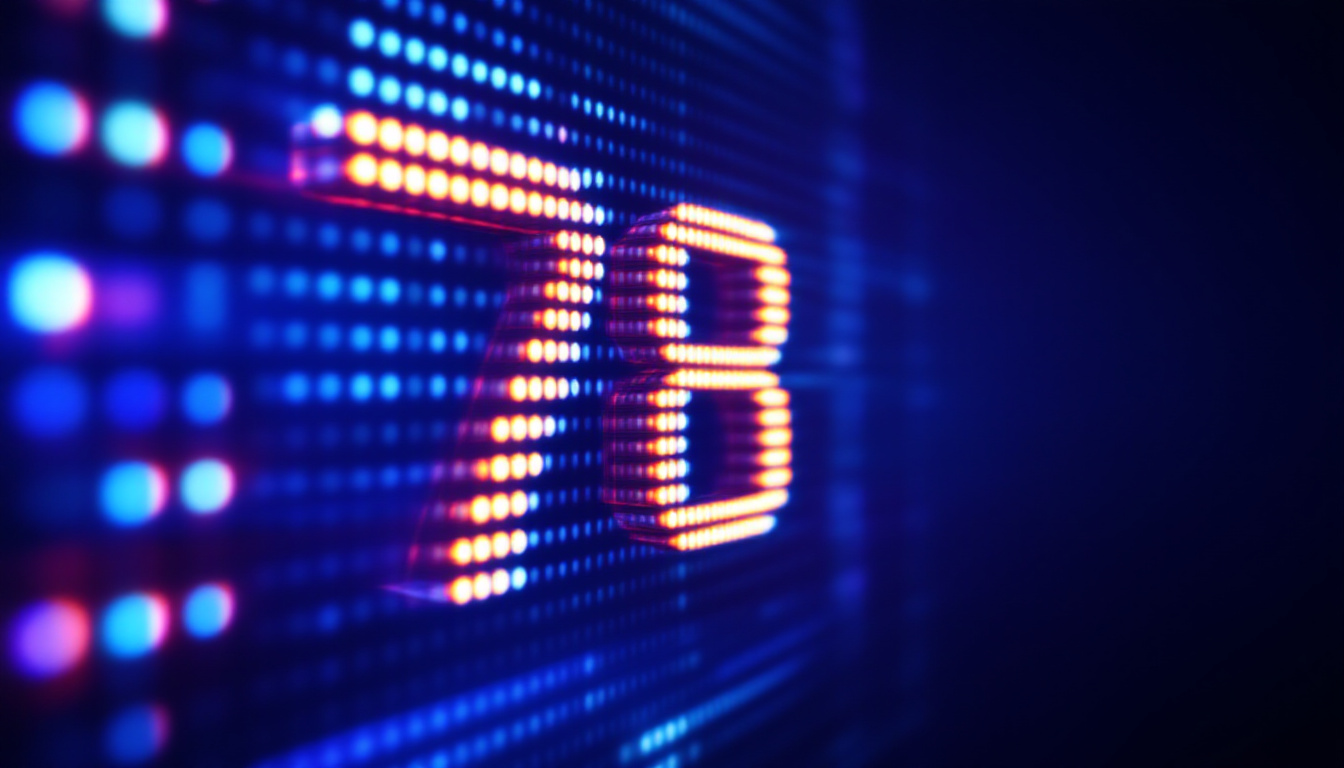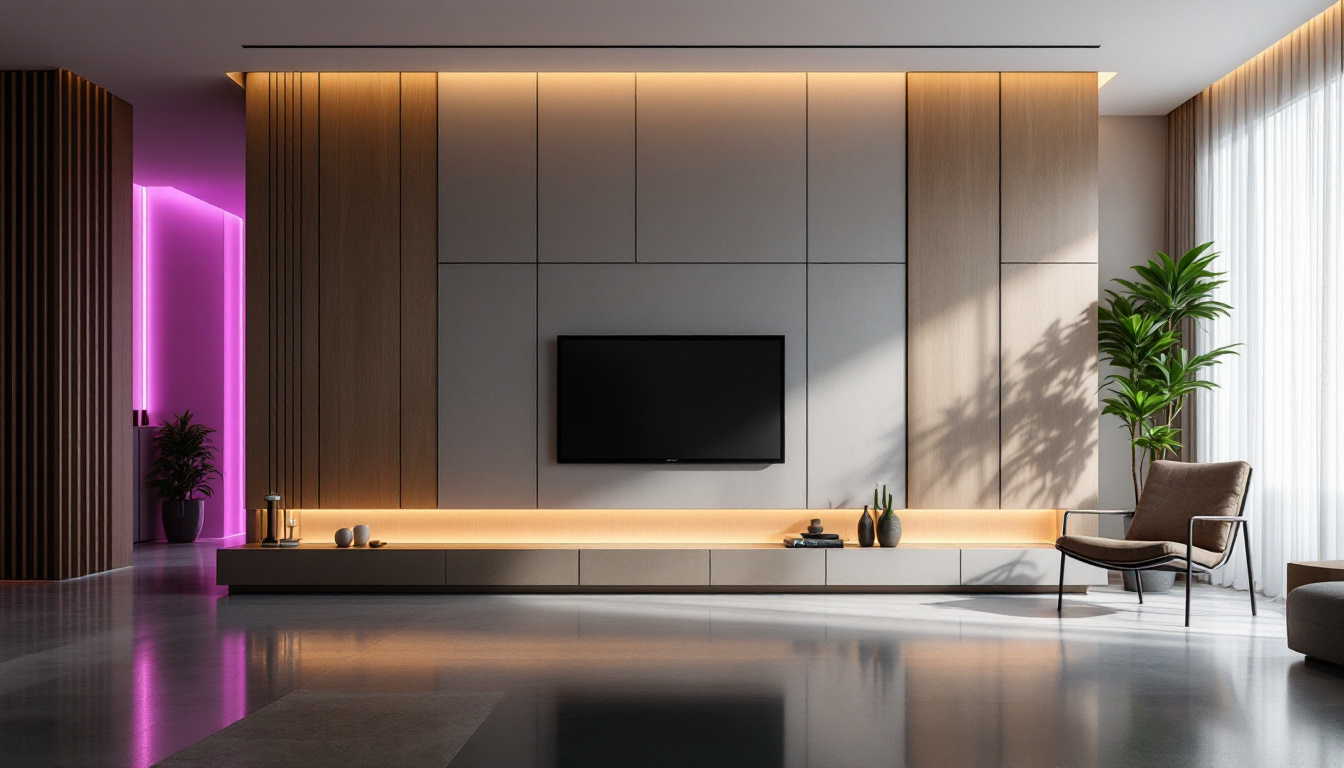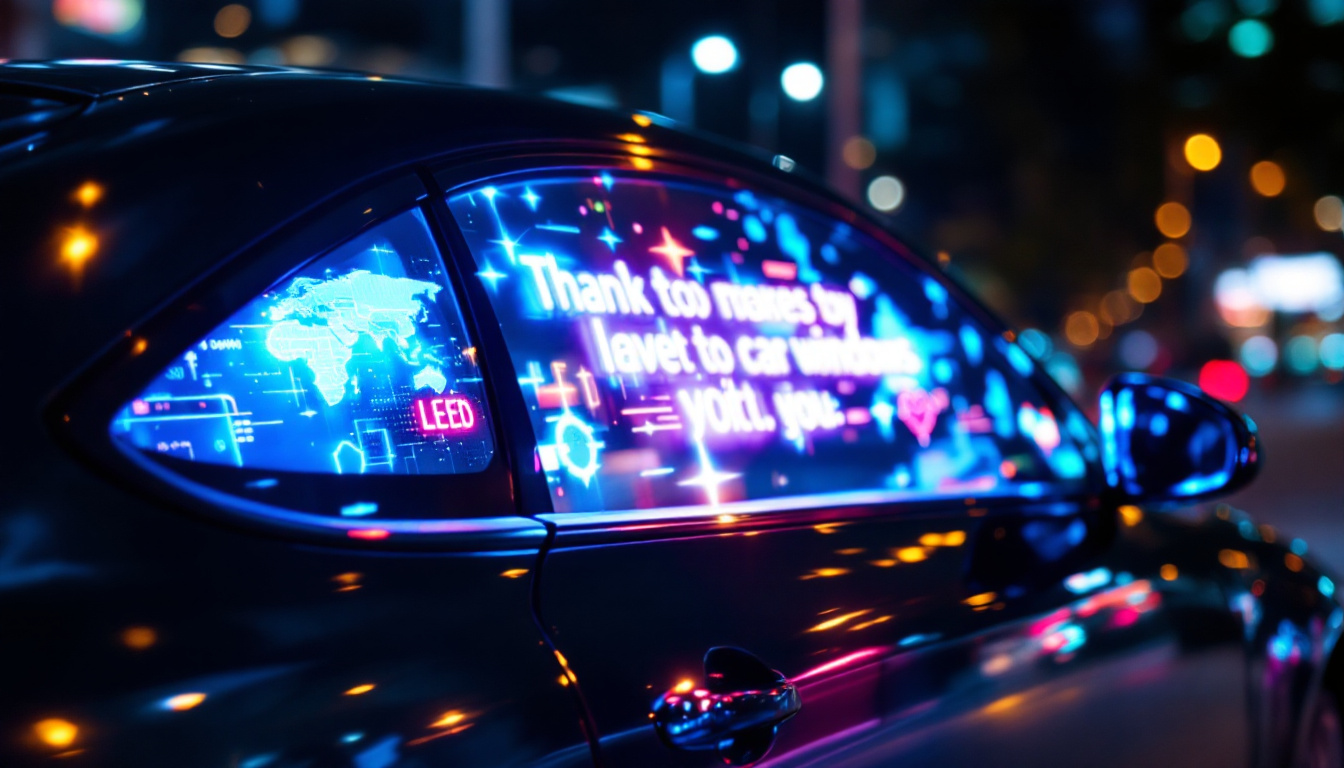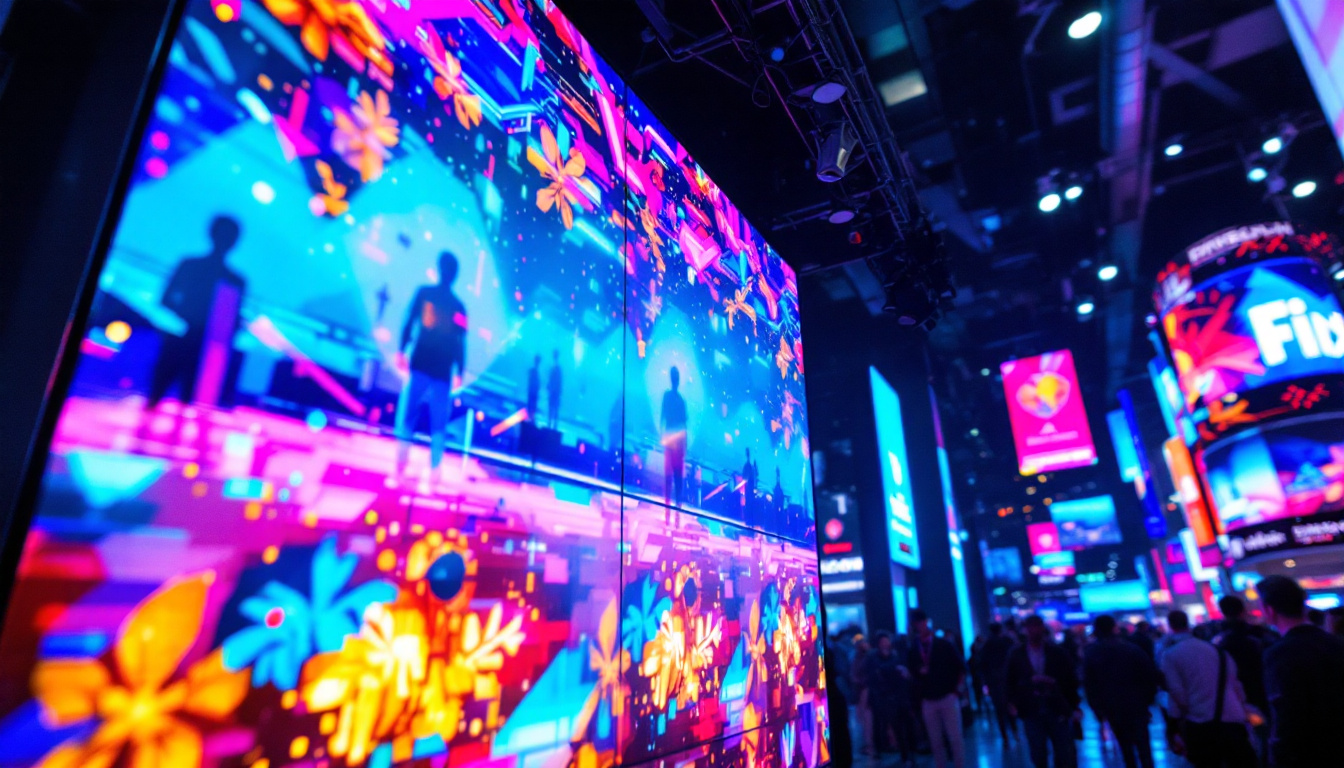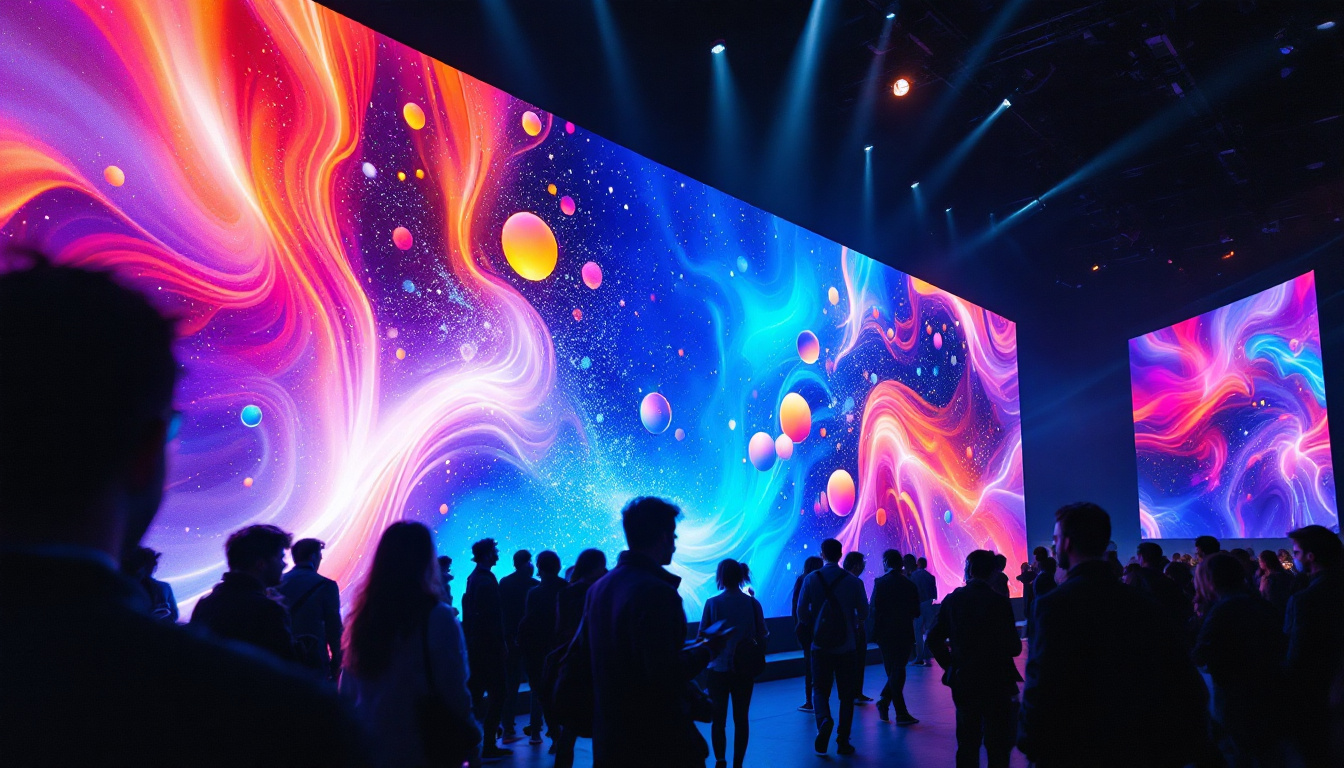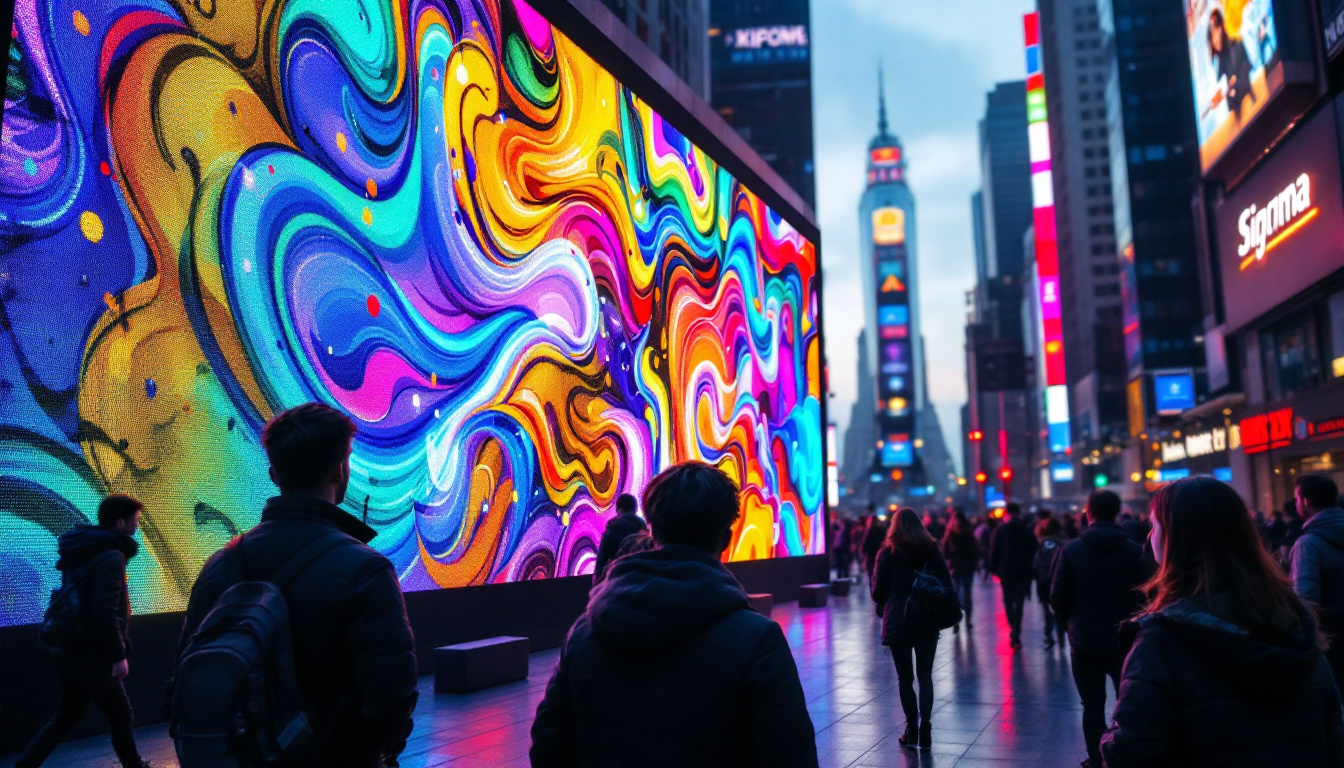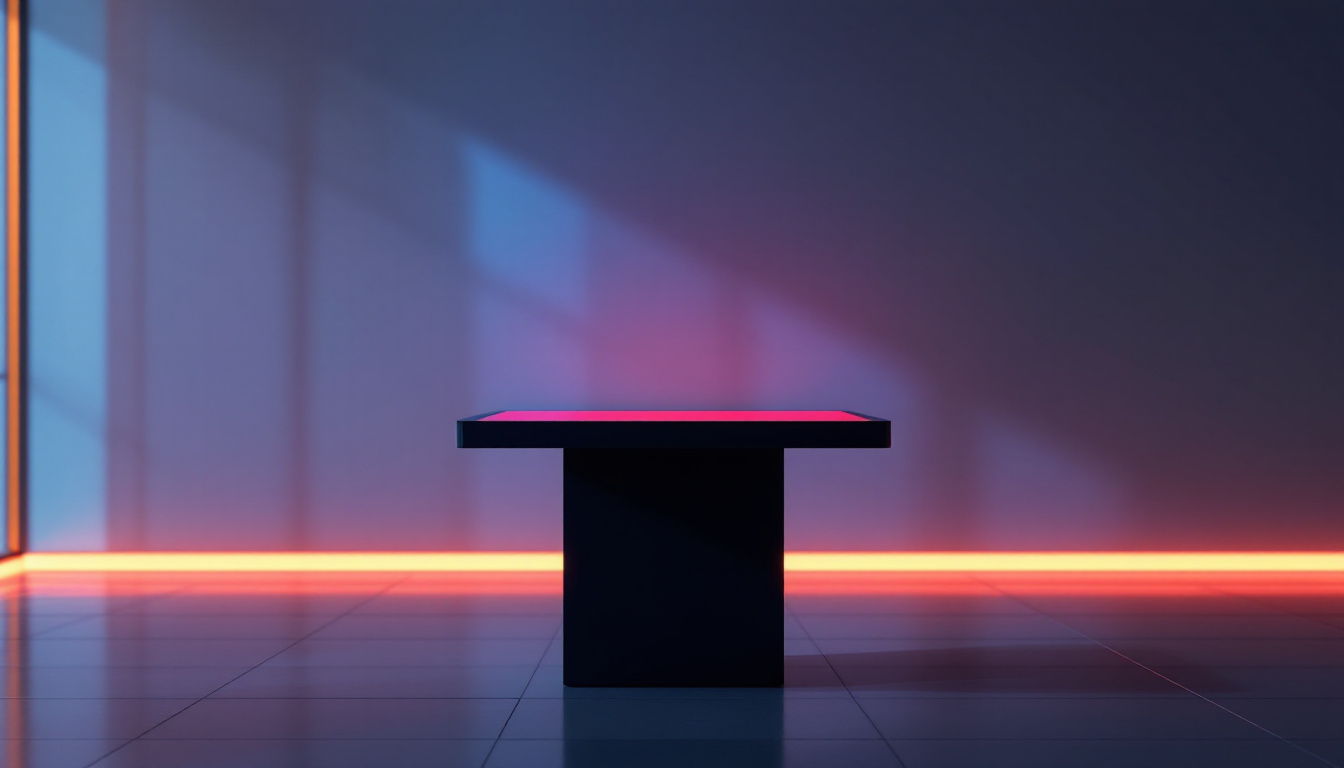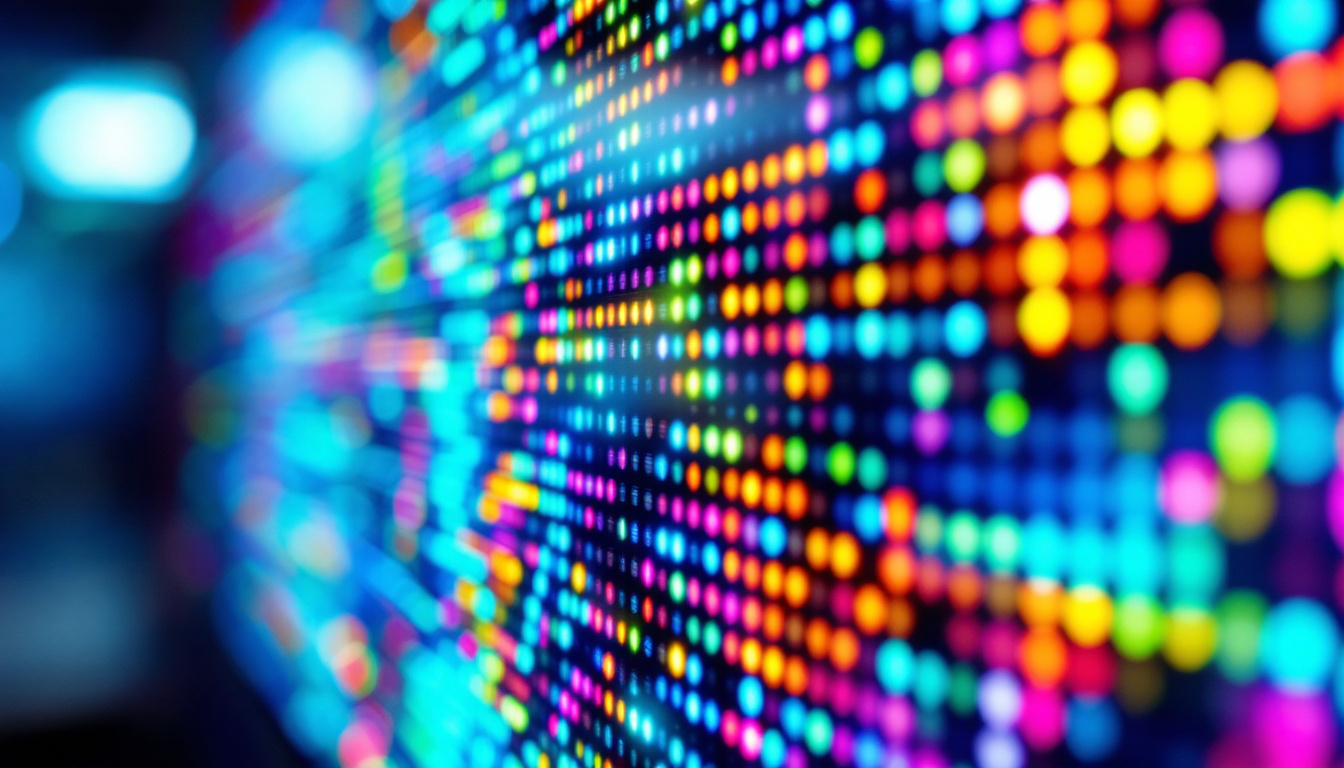In the world of modern advertising and communication, LED displays have emerged as a revolutionary medium. Their vibrant colors, energy efficiency, and versatility make them a popular choice for businesses and organizations looking to convey messages in a dynamic way. This article delves into the intricacies of LED displays, exploring their technology, applications, and advantages.
Understanding LED Technology
LED, or Light Emitting Diode, technology has transformed the way visual content is presented. Unlike traditional lighting systems, LEDs utilize a semiconductor to emit light when an electric current passes through it. This fundamental difference allows for greater efficiency, longevity, and brightness. The rise of LED technology has not only influenced consumer electronics but has also paved the way for advancements in various fields, including automotive lighting, medical devices, and even horticulture, where specific wavelengths of light can enhance plant growth.
How LEDs Work
The operation of an LED is based on electroluminescence, a phenomenon where a material emits light in response to an electric current. When electrons recombine with holes within the device, energy is released in the form of photons, creating visible light. This process is not only energy-efficient but also generates less heat compared to incandescent bulbs. The ability to produce light without excessive heat is particularly advantageous in applications where temperature control is critical, such as in stage lighting or in sensitive electronic equipment.
LEDs are available in various colors, which are determined by the materials used in their construction. By combining different colored LEDs, manufacturers can create full-color displays capable of producing a wide spectrum of hues. Additionally, advancements in technology have led to the development of RGB (Red, Green, Blue) LEDs, which can be mixed in various intensities to create millions of colors, enhancing the visual experience in everything from televisions to large-scale outdoor displays.
Types of LED Displays
LED displays can be categorized into several types, each serving distinct purposes. The most common types include:
- Indoor LED Displays: These are typically used in shopping malls, airports, and conference rooms. They offer high resolution and brightness suitable for close viewing. Their versatility allows them to be used for everything from advertising to informative displays, enhancing the overall experience for visitors in various environments.
- Outdoor LED Displays: Designed to withstand harsh weather conditions, outdoor displays are larger and brighter, making them ideal for billboards and stadiums. These displays often feature advanced technologies such as automatic brightness adjustment to ensure visibility in direct sunlight, and they can be programmed to show dynamic content that captures the attention of passersby.
- Transparent LED Displays: A newer innovation, these displays allow for visibility through the screen, making them perfect for storefronts and exhibitions. They create a unique visual effect that can attract customers while still allowing natural light to illuminate the space, thus merging digital advertising with the physical environment in innovative ways.
Applications of LED Displays
The versatility of LED displays allows them to be utilized in a variety of settings. From advertising to information dissemination, the applications are extensive.
Advertising and Marketing
One of the most prominent uses of LED displays is in advertising. Businesses leverage the eye-catching nature of these displays to attract customers. Dynamic content can be updated in real-time, allowing for promotions, announcements, and interactive campaigns that engage the audience.
Moreover, LED billboards can be strategically placed in high-traffic areas, ensuring maximum visibility and impact. The ability to change messages frequently means that advertisers can tailor their content to specific audiences or events, enhancing their marketing strategies. This adaptability not only maximizes the effectiveness of advertising campaigns but also allows brands to respond quickly to market trends or competitor actions, making LED displays a vital tool in the fast-paced world of marketing.
In addition to traditional advertising, LED displays are increasingly being integrated into social media campaigns. Businesses can showcase user-generated content or live social media feeds, creating a sense of community and encouraging customer interaction. This innovative approach not only enhances brand visibility but also fosters a deeper connection with the target audience, making the advertising experience more engaging and relatable.
Information and Wayfinding
LED displays are also widely used for information dissemination. Transportation hubs, such as airports and train stations, utilize LED screens to provide real-time updates on schedules, delays, and other critical information. This ensures that travelers are well-informed and can make timely decisions.
In addition, many urban areas have adopted LED displays for wayfinding purposes. These screens guide pedestrians and drivers, providing directions and information about local attractions, thereby enhancing the overall experience in public spaces. The integration of interactive features, such as touch screens, allows users to search for specific locations or services, making navigation more intuitive and user-friendly.
Furthermore, educational institutions are also embracing LED displays to share important announcements and event information. Schools and universities utilize these screens to promote campus activities, display emergency alerts, and even showcase student achievements, thereby fostering a sense of community and engagement among students and faculty alike.
Entertainment and Events
In the entertainment industry, LED displays play a crucial role in enhancing the visual experience. Concerts, sports events, and festivals often feature large LED screens that display live feeds, graphics, and animations, creating an immersive atmosphere for attendees.
Furthermore, LED technology is also used in stage productions and theaters, where flexible LED panels can be arranged in various configurations to create stunning backdrops and effects. This adaptability allows for creative storytelling and engagement with the audience. The use of high-resolution LED displays can transform a simple stage into a dynamic environment, where visuals can shift seamlessly to match the narrative, enhancing the emotional impact of performances.
Moreover, the rise of virtual and augmented reality experiences has further expanded the role of LED displays in entertainment. By incorporating LED technology into VR setups, creators can provide audiences with a fully immersive experience that blends physical and digital elements. This innovation not only captivates viewers but also opens up new avenues for storytelling and audience interaction, making events more memorable and engaging than ever before.
Advantages of LED Displays
The growing popularity of LED displays can be attributed to their numerous advantages over traditional display technologies. Understanding these benefits can help businesses make informed decisions regarding their advertising and communication strategies.
Energy Efficiency
One of the most significant benefits of LED technology is its energy efficiency. LEDs consume significantly less power compared to traditional lighting options, leading to reduced electricity costs. This not only benefits the environment but also allows businesses to allocate resources more effectively.
Moreover, the longevity of LED displays means that they require less frequent replacement, further contributing to cost savings over time. With a lifespan of up to 100,000 hours, LED displays are a long-term investment that pays off in the long run.
High Brightness and Visibility
LED displays are known for their exceptional brightness, making them visible even in direct sunlight. This characteristic is particularly advantageous for outdoor advertising, where visibility is crucial for capturing the attention of passersby.
The high contrast ratio of LED displays also enhances image quality, ensuring that content appears sharp and vibrant. This clarity is essential for conveying messages effectively, especially in competitive environments where attention spans are short.
Versatility and Customization
Another notable advantage of LED displays is their versatility. They can be customized to fit various shapes and sizes, allowing for creative installations that align with a brand’s identity. From large billboards to small digital signage, the adaptability of LED technology caters to diverse needs.
Additionally, LED displays can easily integrate with other technologies, such as sensors and cameras, enabling interactive experiences that engage audiences on a deeper level. This interactivity is becoming increasingly important in modern marketing strategies.
Challenges and Considerations
While LED displays offer numerous benefits, there are also challenges and considerations that businesses should be aware of before making a purchase.
Initial Costs
The initial investment for LED displays can be higher than traditional display options. However, it is essential to consider the long-term savings associated with energy efficiency and reduced maintenance costs. Conducting a cost-benefit analysis can help businesses understand the potential return on investment.
Maintenance and Upkeep
Although LED displays are known for their durability, they still require regular maintenance to ensure optimal performance. Dust, dirt, and environmental factors can affect image quality over time. Establishing a maintenance schedule can help prolong the lifespan of the display and maintain its visual impact.
Content Management
Effective content management is crucial for maximizing the benefits of LED displays. Businesses must invest in software and training to create and manage dynamic content effectively. This includes understanding the target audience, designing engaging visuals, and scheduling updates to keep the content fresh and relevant.
Future of LED Displays
The future of LED displays looks promising, with continuous advancements in technology paving the way for innovative applications. As businesses seek more engaging ways to communicate with their audiences, LED displays will likely play an increasingly central role.
Integration with Smart Technologies
As smart technologies continue to evolve, the integration of LED displays with the Internet of Things (IoT) is becoming more prevalent. This integration allows for real-time data sharing and interaction, enabling businesses to create personalized experiences for their customers.
For instance, LED displays can be programmed to change content based on environmental factors, such as weather conditions or audience demographics. This level of customization enhances engagement and ensures that messages resonate with viewers.
Advancements in Resolution and Flexibility
The resolution of LED displays is expected to improve further, with advancements in pixel density allowing for even sharper images and more detailed visuals. Additionally, the development of flexible LED technology will enable new applications, such as curved displays and wearable technology.
These innovations will provide businesses with more creative options for displaying their content, allowing for unique installations that capture attention and enhance brand identity.
Conclusion
LED displays have revolutionized the way information is communicated and advertisements are presented. Their energy efficiency, versatility, and high visibility make them an invaluable tool for businesses across various industries. While there are challenges to consider, the benefits far outweigh the drawbacks, making LED displays a worthwhile investment.
As technology continues to advance, the future of LED displays promises even more exciting possibilities. By leveraging these innovations, businesses can create engaging experiences that resonate with their audiences, ultimately driving growth and success in an increasingly competitive landscape.
Discover LumenMatrix LED Display Solutions
Ready to elevate your visual communication strategy with cutting-edge LED technology? Look no further than LumenMatrix, a pioneer in the industry, committed to illuminating your brand’s message with unparalleled clarity and vibrancy. From captivating Indoor LED Wall Displays to dynamic Outdoor LED Wall Displays, and innovative solutions like Vehicle LED Displays and Transparent LED Displays, LumenMatrix offers a comprehensive range of products designed to engage and inspire your audience. Don’t miss the opportunity to transform your advertising and events with our state-of-the-art LED display modules. Check out LumenMatrix LED Display Solutions today and start creating unforgettable visual experiences.

